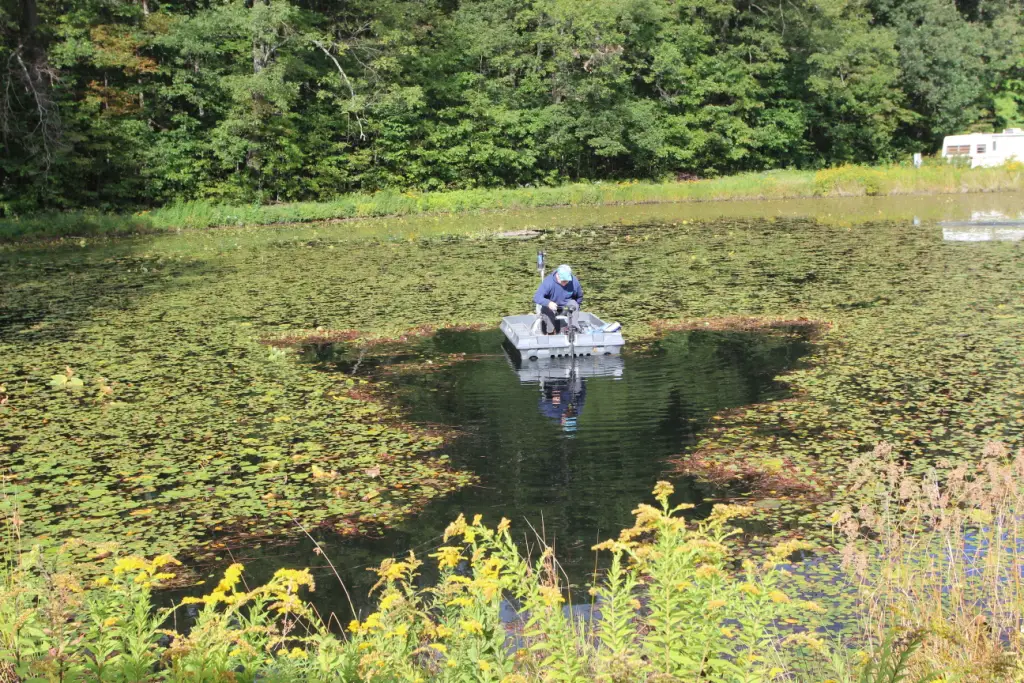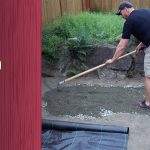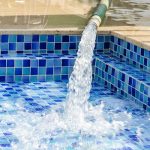Dealing with weeds in a pond can be a challenge for pond owners. Weeds not only detract from the beauty of the pond but can also disrupt the ecosystem and harm fish and other aquatic life. In this article, we will explore effective methods to get rid of weeds in a pond and maintain a healthy and thriving aquatic environment.

Credit: m.youtube.com
Identifying Pond Weeds
Before you can effectively get rid of weeds in your pond, it is important to identify the types of weeds that are present. Common pond weeds include:
- Algae
- Duckweed
- Water Hyacinth
- Cattails
Each type of weed requires a different approach for control and elimination.

Credit: extension.msstate.edu
Manual Removal
One of the most common methods for getting rid of weeds in a pond is manual removal. This involves physically pulling out the weeds by hand or using tools such as rakes or weed cutters. Manual removal is effective for small infestations and can help prevent the weeds from spreading further.
Steps For Manual Removal:
- Put on gloves to protect your hands.
- Use a rake to gather the weeds from the water.
- Pull out the weeds by hand or use a weed cutter.
- Dispose of the weeds away from the pond to prevent reinfestation.
Biological Control
Biological control involves introducing natural predators or competitors to control weed growth in the pond. One common method is to introduce certain species of fish that feed on aquatic plants. For example, grass carp are known to consume large amounts of aquatic vegetation and can help keep weed growth in check.
Considerations For Biological Control:
- Research the specific fish species that are effective for weed control.
- Ensure that introducing new fish will not disrupt the existing ecosystem.
- Monitor the fish population to prevent overgrazing of plants.
Chemical Treatments
Chemical treatments are another option for controlling weeds in a pond. Herbicides can be used to target specific types of weeds and inhibit their growth. It is important to use herbicides carefully and according to the manufacturer’s instructions to avoid harming other aquatic life in the pond.
Tips For Using Herbicides:
- Choose herbicides that are safe for fish and other aquatic life.
- Apply herbicides early in the growing season for best results.
- Follow dosage instructions carefully to avoid overapplication.
Preventative Measures
Preventing weed growth in the pond is key to long-term weed control. By taking proactive measures, you can reduce the likelihood of weed infestations and maintain a healthy pond ecosystem.
Preventative Tips:
- Regularly inspect the pond for early signs of weed growth.
- Maintain proper water circulation and aeration to discourage weed growth.
- Avoid overfeeding fish, as excess nutrients can promote weed growth.
- Remove dead vegetation and debris from the pond to prevent nutrient buildup.
Conclusion
Getting rid of weeds in a pond requires a multi-faceted approach that may include manual removal, biological control, chemical treatments, and preventative measures. By understanding the types of weeds present in the pond and implementing appropriate control methods, pond owners can maintain a healthy and balanced aquatic environment for fish and other aquatic life.





